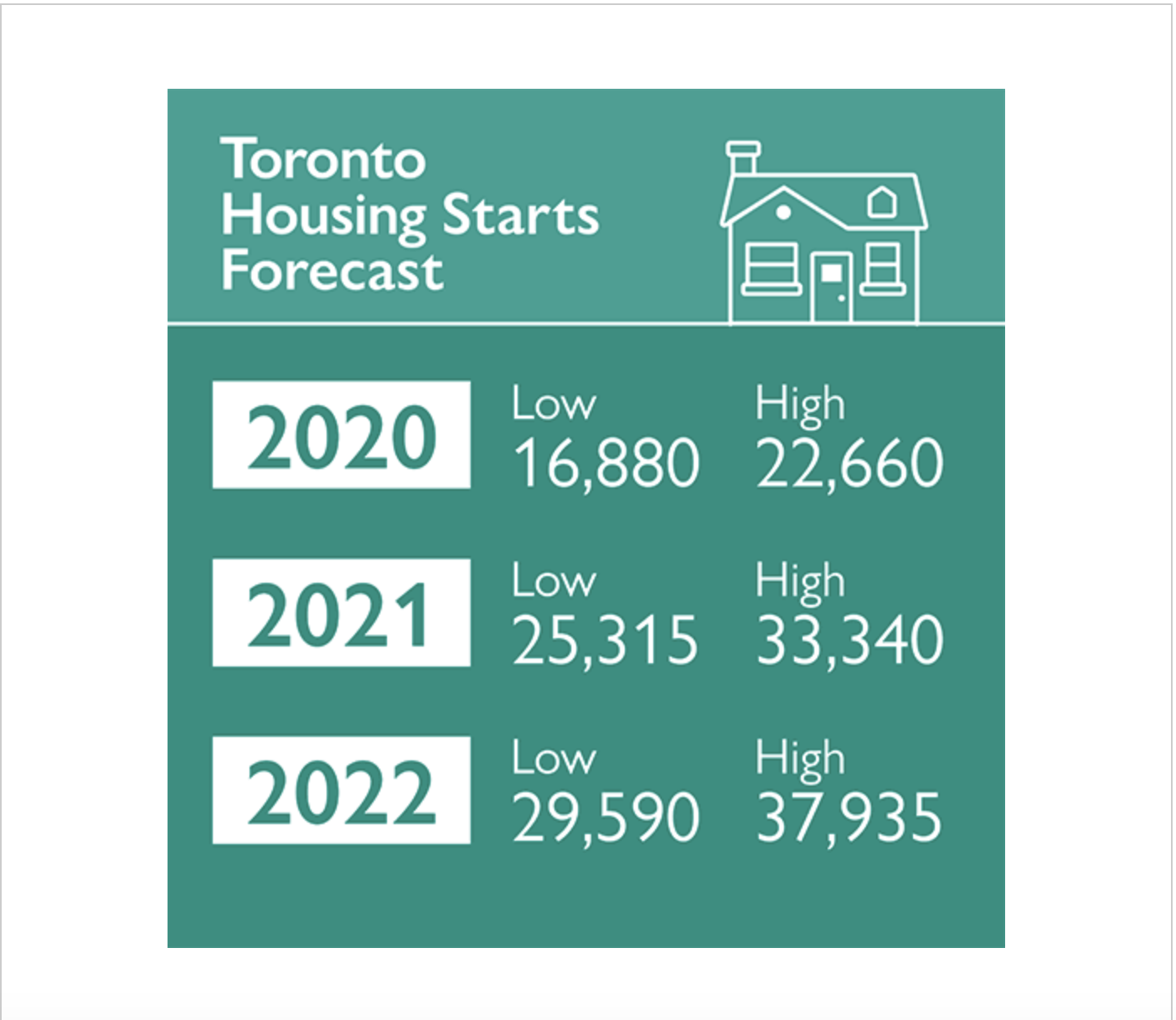
905 336-5997
Blog's
May 6th, 2021
Residential Markets Commentary -Interest rate uncertainty
The latest economic forecast from the Bank of Canada has rekindled the “age old debate”: Fixed vs Variable.
In its Monetary Policy Report last month, the BoC indicated that the time horizon of its “low for longer” interest rate policy may be moving closer. The Bank had expected to hold its trend setting overnight rate at 0.25% until sometime in 2023, based on its forecasts for inflation.
Now the Bank thinks its inflation target – a sustainable 2% – could happen sometime in the second half of 2022. The Bank cites Canada’s resilient economy, and the most recent GDP numbers tend to bear that out. Statistics Canada reports the economy expanded at an annualized rate of 6.5% in the first three months of this year.
That would suggest that mortgage borrowers might want to go with a fixed rate or consider locking-in their variable rates at today’s lows, avoiding unwanted increases. However, the pandemic continues to cloud any view of the future and uncertainty was a key element in the Bank’s last report.
A number of market watchers point out that variable rate mortgages continue to offer savings and that there are ways to mitigate the cost of rate increases whenever they occur.
Of course, fixed rate mortgages continue to offer the peace of mind that comes with interest rate and payment certainty. The key considerations being possible penalties, and flexibility in the terms.
For borrowers, the message would seem to be: base your decisions on your own circumstances rather than the broad economic considerations of the Bank of Canada.
(First National, 2021)

May 3rd, 2021
Residential Markets Commentary - Getting better, faster
The Bank of Canada has sent two clear signals that things are getting better, faster, than it had expected.
In its latest Monetary Policy Report the Bank announced it expects to hit its inflation target sometime in the second half of 2022, rather than sometime in 2023. It has also rolled back it’s bond buying program from $4-billion a week to $3-billion a week.
Anyone who is involved with a variable rate mortgage or a line of credit will take note of the first signal. The second signal – pulling back on quantitative easing – means more over time. The Bank has been buying those bonds in an effort to keep longer-term rates lower. Many market watchers see the cutback as a strong sign that an interest rate hike is coming.
BoC Governor Tiff Macklem would not be specific when asked about when an increase would come. He explained that uncertainty remains and the Bank will be guided by economic conditions as they develop.
Housing remains a key driver at this point in the pandemic economic recovery. New home construction set a record in March. Starts increased nearly 22% over February, for an annualized pace of more than 335,000 units.
While the Bank believes home price increases are “rooted in [economic] fundamentals”, it says there are signs of “extrapolative expectations and speculative behaviour.”
“Given elevated levels of household debt and the risks that households may overstretch in the face of rising housing prices, we welcome the recent proposal … to introduce a fixed floor to the minimum qualifying rate for uninsured mortgages. New measures just announced in the federal budget will also be helpful. We are watching developments in the housing market very closely,” Macklem said.
(First National, 2021)

February 5th 2021
Economic Update
TSX -320.18 to 17,337.02
Dow +229.29 to 30,211.91
Oil +1.26 to 54.81
CDN Dollar -.25 to 78.00
Gold -29.30 to 1,34.60
5 Year Canadian Bond Yield: +0.017 to .442 % Canada's 5-year bond yield is the basis for most long-term fixed mortgage rates.
The spread (obtained by subtracting the bond yield above, from the industry average 5 year mortgage rate of 2.39) is over the top of the profit range at 1.948
TMBMKCA-05Y | Canada 5 Year Government Bond Overview | MarketWatch
Miscounted population part of home demand 'puzzle': CIBC's Tal
Stephanie Hughes, BNN Bloomberg
The housing market may not be losing steam any time soon. Benjamin Tal, deputy chief economist at CIBC, said he anticipates a post-pandemic population boom that will strengthen the demand for rental units and housing.
"I don't see a collapse in the housing market. Prices are high and unfortunately, they will remain high even after COVID," Tal said in a television interview. "That's the reality of the situation in the Canadian housing market until we fix the supply issue that is really impacting valuation in big cities."
While there was some weakness in certain real estate segments during the pandemic, including rentals and the downtown Toronto condo market, Tal said this is a "healthy softness" in a more balanced market. He added that major Canadian cities are not currently seeing the same level of speculative demand that drove up prices in 2016 and 2017.
Tal added that Canada may be miscounting its population growth, creating a blind spot for the housing demand outlook. The census issue existed before the pandemic and revolved around Canadian citizens returning to the country from places like the U.S. and Hong Kong. These returning citizens, he believes, will be a strong driver in future housing demand.
"We didn't know the numbers because, quite frankly, Stats Canada does not capture the number of people returning to Canada... they really do not distinguish between tourists and returning citizens."
Tal said the most important thing is to properly compile the census and capture those missing from the data. The underestimated population growth is the missing piece of the puzzle in the Canadian real estate story, joined by low interest rates and pent up demand.
"Overall, I suggest that this is part of the puzzle. It's not the whole puzzle."
https://www.bnnbloomberg.ca/miscounted-population-part-of-home-demand-puzzle-cibc-s-tal-1.1557390

July 16th 2020
Covid-19 and the housing Market
We have seen mortgage credit continued to grow through the COVID crisis. The Bank of Canada reported that the outstanding balance for mortgages in May stood at $1.68 trillion. That is up 0.6% from April and 6.0% from a year ago.
In July we have seen positive numbers with many clients going into a multiple offer situation.

July 10th 2020
2020 Summer Housing Market Outlook Report
The 2020 summer edition of the Housing Market Outlook report provides forecasts for Vancouver, Calgary, Edmonton, Toronto, Ottawa and Montreal. It builds on the Spring 2020 edition that focused on housing market activity for Canada and the provinces. These reports give high and low range projections on new construction, home sales, house prices and rental market activity.
Toronto resale sales and home prices to rebound in 2022
Strong pre-construction sales across Toronto will ensure recovery will be slightly stronger than the rest of Ontario in 2021 and 2022.
Home sales will start to recover by Q1 2021 and show growth throughout 2022. Anticipated increases in the supply of condominium apartments will lead to softening prices next year. An uncertain job market will likely affect millennials and may result in a staying at home with parent longer.
To see full report click: HERE
From CMHC

